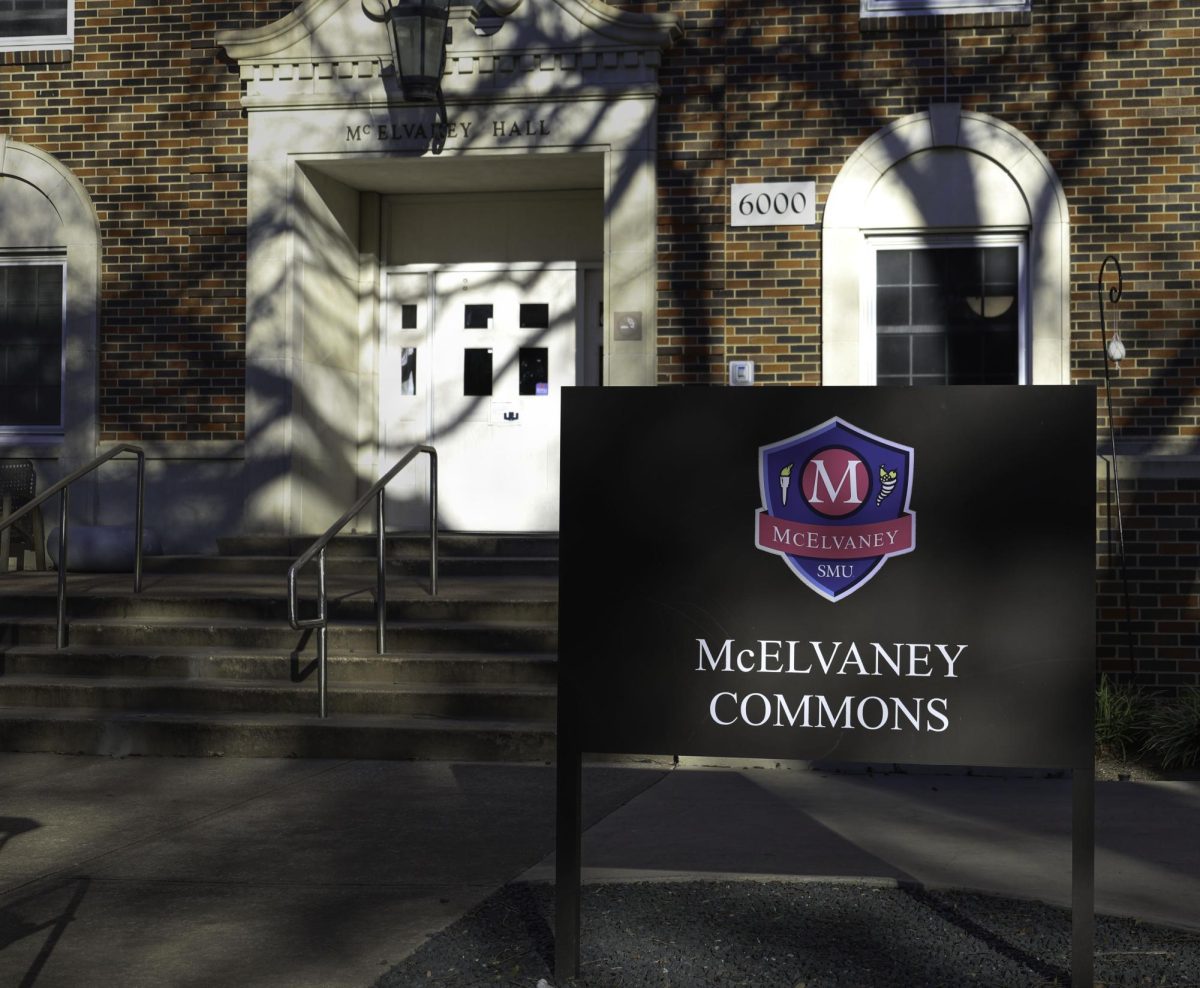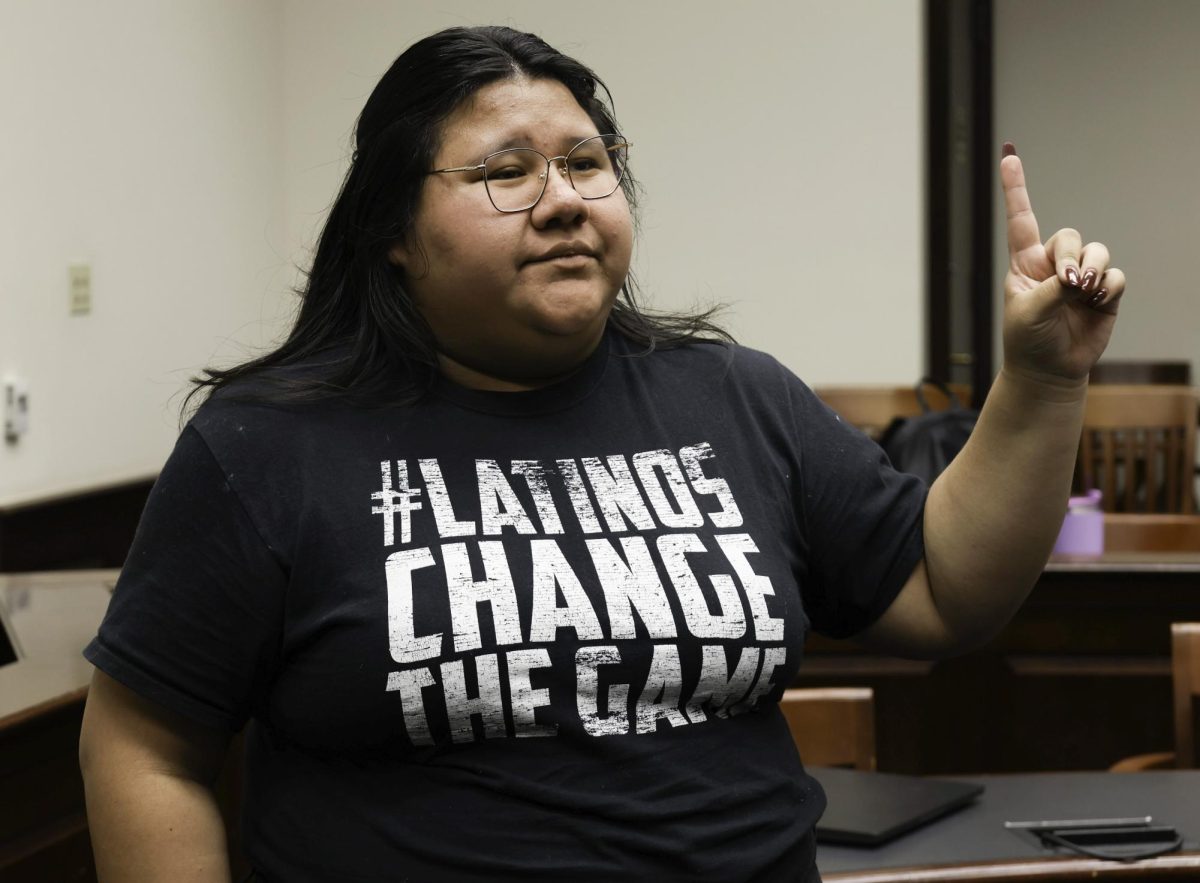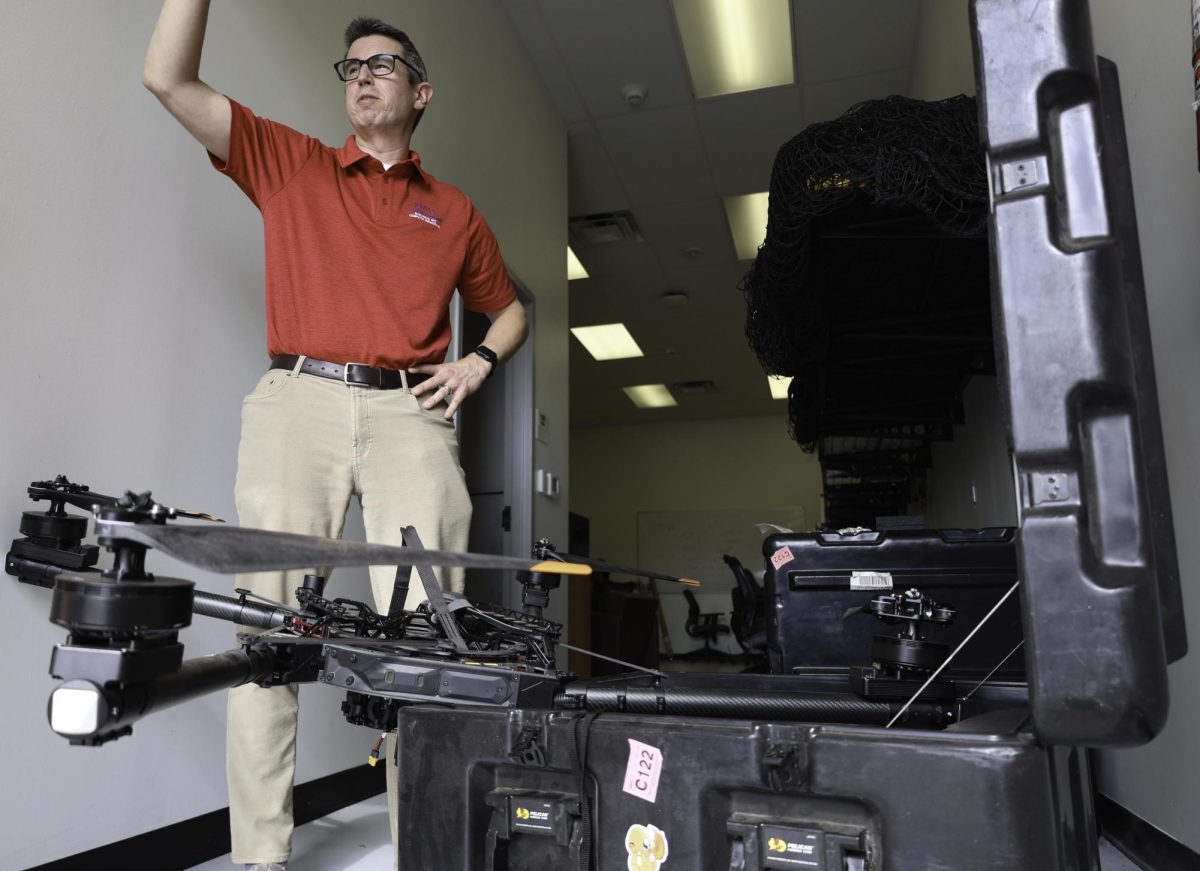“When there is no local press, bad things happen,” said Tate Lecturer and renowned broadcast journalist Soledad O’Brien. “Politicians get paid more, civic engagement is lower, people vote less, corruption is higher. The list goes on.”
O’Brien addressed students, alumni, faculty and community members on Tuesday, April 15, to stress the critical role local journalism plays in reporting on communities across the nation, spreading information that may otherwise go untold and keeping the public informed.
O’Brien has spent her career covering local stories that shine light on both local and broader community news—including Hurricane Katrina, the 2010 Haiti earthquake and the aftermath of 9/11—demonstrating her range and commitment to telling stories that matter at every level.
In addition to anchoring for CNN and NBC, O’Brien created the acclaimed “In America” documentary series, including “Black in America” and “Latino in America,” which explore underreported stories and seeks to amplify marginalized voices. Her commitment to human-centered storytelling has earned her numerous accolades, including Emmy Awards, Peabody Awards and the National Association for the Advancement of Colored People’s President’s Award.
Through decades of work, O’Brien has proven herself a journalist who prioritizes truth, community impact and giving a platform to those often overlooked by mainstream media. However, O’Brien pointed out that at the beginning of her career, her stories lacked important context.
“I did not dig into understanding people and I’m ashamed to say it,” O’Brien said. “I told stories from my perspective and I didn’t really think about the person whose story I was sharing.”
O’Brien also pointed to bias in news and the need for journalists to pursue stories that share the stories of all people, not just a select few. She used the cases of 24-year old Tamika Huston and 18-year old Natalee Holloway as examples.
In 2004, national news outlets turned a blind eye to the disappearance of Huston, and in turn, alienated the Black community from reporting. When Holloway—a white teenager—disappeared the following year, her story dominated national headlines. O’Brien noted that this type of racial bias still persists in media coverage.
O’Brien also focused on the importance of catering to audiences rather than snappy headlines. However, some news outlets prioritize sensationalism, which focuses on shocking, dramatic or emotionally charged stories, often at the expense of accurate, deep and nuanced reporting.
Sensationalism contributes to the decline of local journalism as it diverts resources and attention away from community-centered reporting in favor of more clickable, attention-grabbing stories, O’Brien said. This ultimately harms a news outlet’s credibility and trust with its audience.
According to studies done by Northwestern’s Medill School of Journalism, current projections show that the U.S. has lost a third of local newspapers since 2005–only 6,000 are left. If the trend continues, hundreds more are expected to shut down in the coming years, leaving entire communities without reliable, local news coverage.
“Sensationalism helps increase reading, so I would argue it ultimately cannibalizes your audience,” O’Brien said. “Short term it might work, but long term it really does not work.”
O’Brien advised the audience to write. It doesn’t matter where, she said, but writers should focus on local stories that uphold truth, context and community impact.
“Get out of bed, get off your phone, write something for your alumni magazine, start a parent newsletter at your PTA at your kid’s school,” she said. “Write a community web page for your neighborhood or join and contribute to the media for your professional organization.”
















